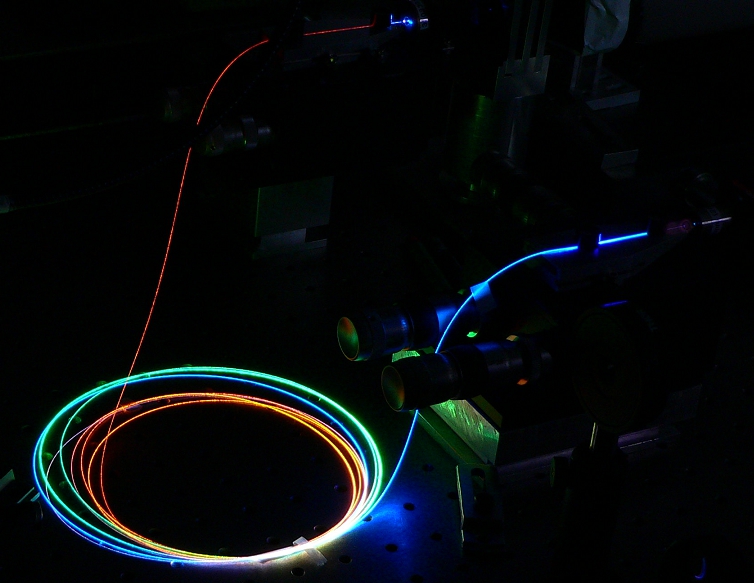
Fibre is a faster form of broadband which uses special plastic or glass cables to transmit traffic more quickly than traditional copper cables.
Fibre in its current form can offer speeds of up to 1 Gbps directly to households.
There are different types of fibre connectivity, however. There is fibre to the cabinet, which means that the connectivity running to the local telephone exchange is fibre while it is copper between the exchange and the customer’s house.
Fibre to the premises means that the entire connection is fibre, right to the customer’s house. It is this technology that can offer speeds of 1 Gbps.
In its most recent Digital Communications Review, Ofcom emphasised the importance of fibre to the UK’s broadband future.
Moves such as compelling BT to open up its ducts to competitors to allow them to install fibre (which BT says it does anyway) are aimed at reducing the UK’s reliance on Openreach to create competition between fibre technologies and BT’s choice to direct its investment in copper-based technologies such as G.Fast.
G.Fast allows BT to extend the range of frequencies available through existing copper networks without having to roll out costly fibre. BT claims it delivers speeds of up to 330 Mbps, which is over ten times the current UK average.
However, Ofcom and the fibre broadband providers will counter that only fibre-to-the-premises will be adequate to deliver the connectivity needed.
Fibre-to-the-premises as provided by operators such as CityFibre, Gigabit and Hyperoptic provides 1Gbps speeds already. While 1 Gbps connectivity for a household seems absurdly high now, consumption of data may increase to require it. In addition, many businesses may already require these kinds of speeds.
BT offers fibre-to-the-premises if the availability checker (available on a dedicated website) gives the customer estimated speeds of up to 300Mb.






